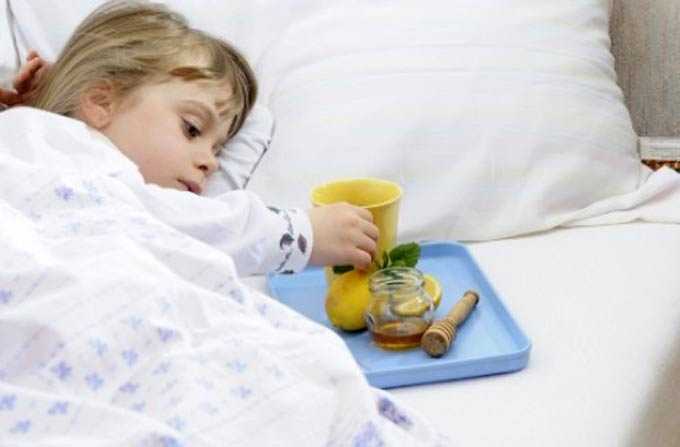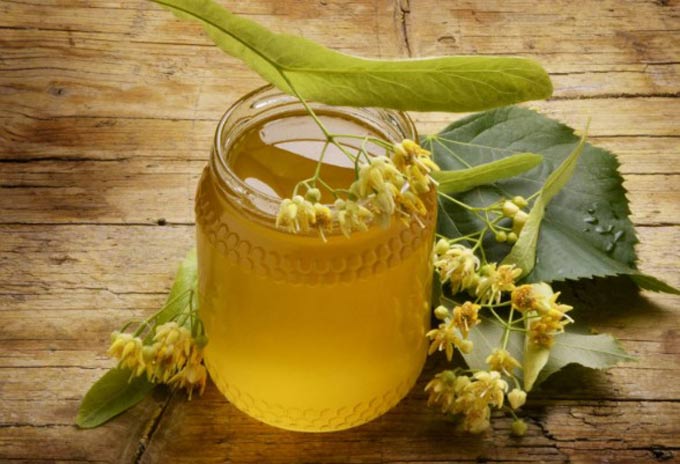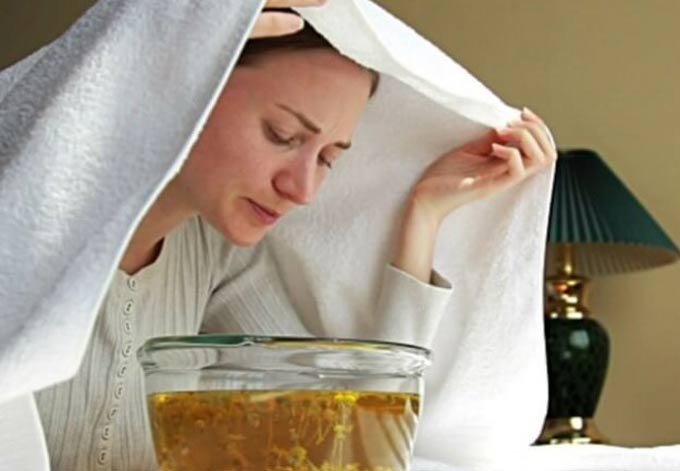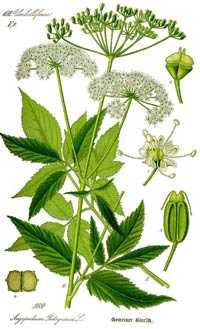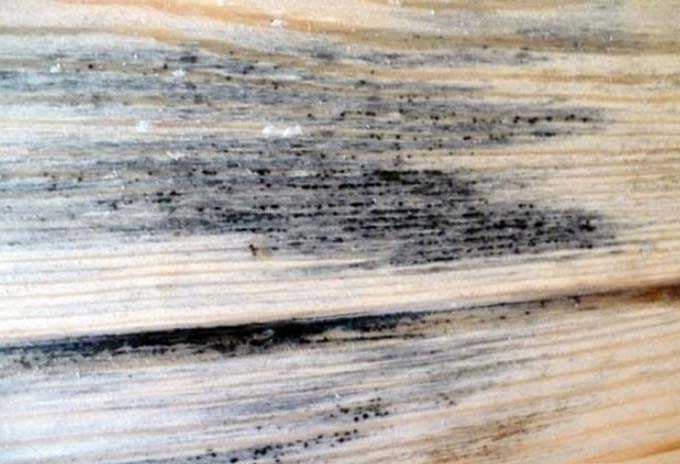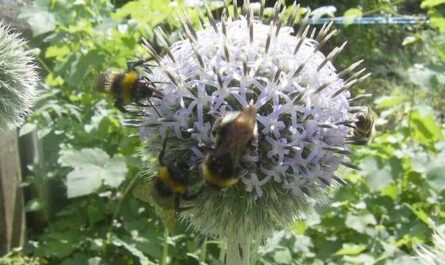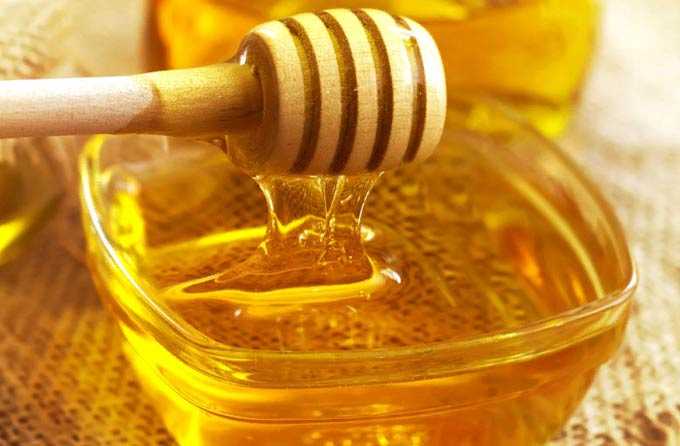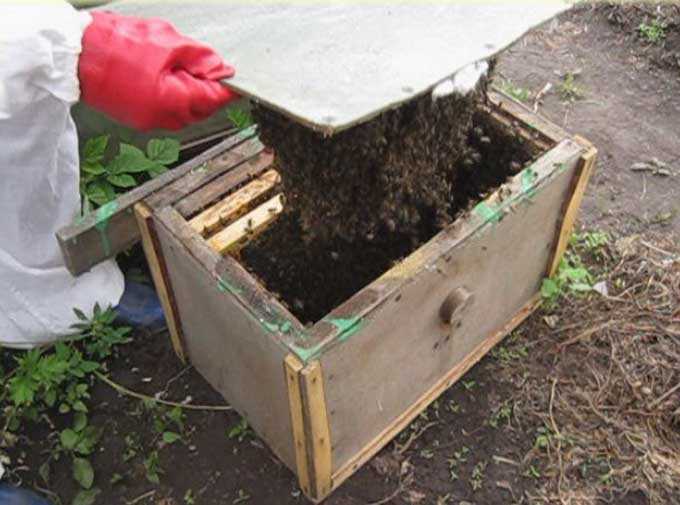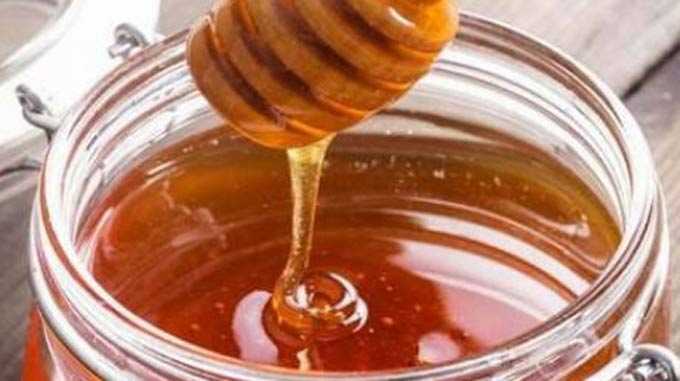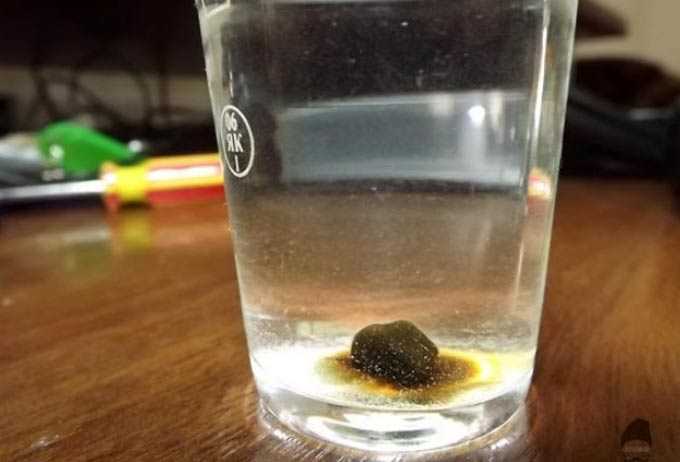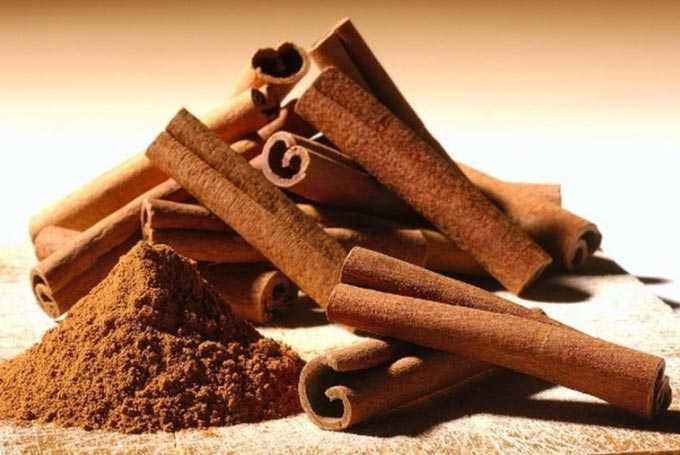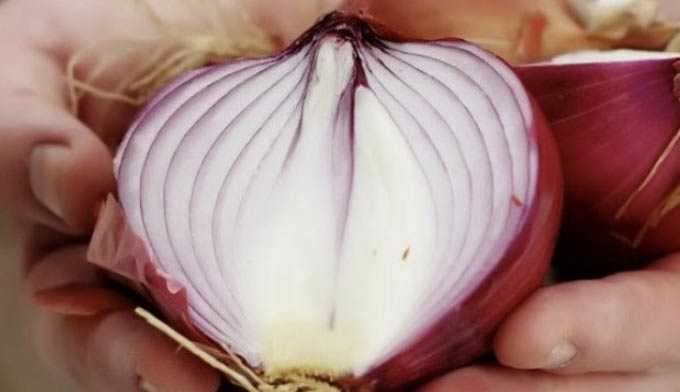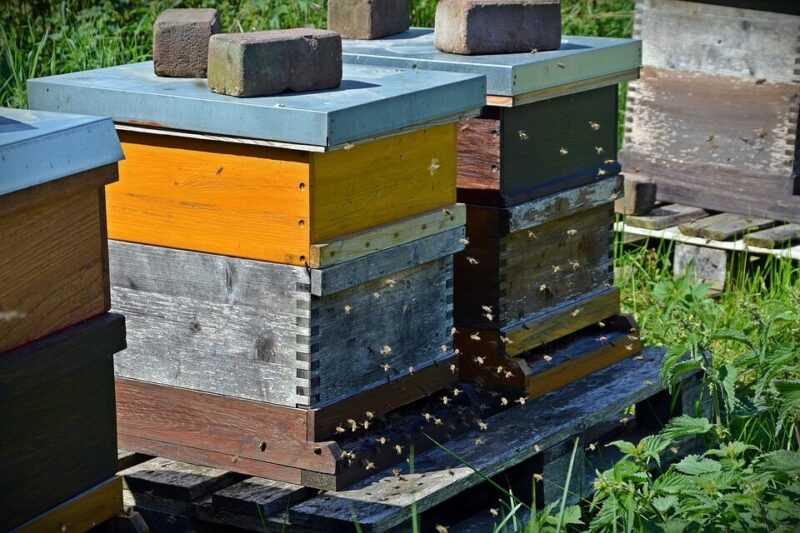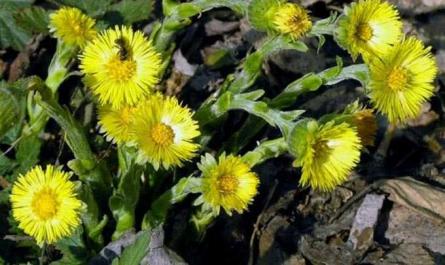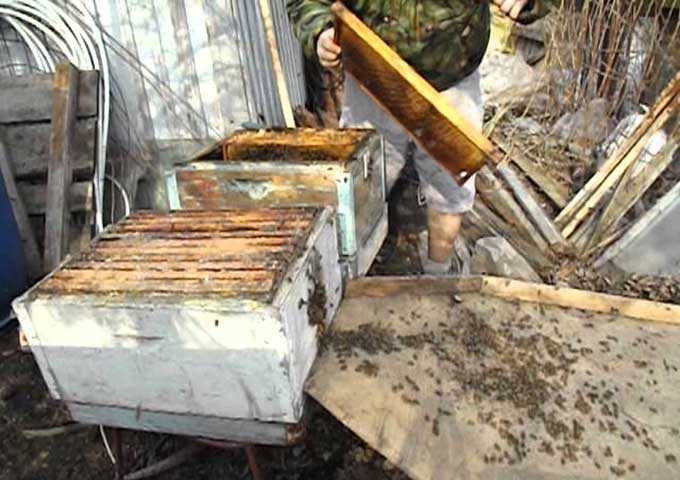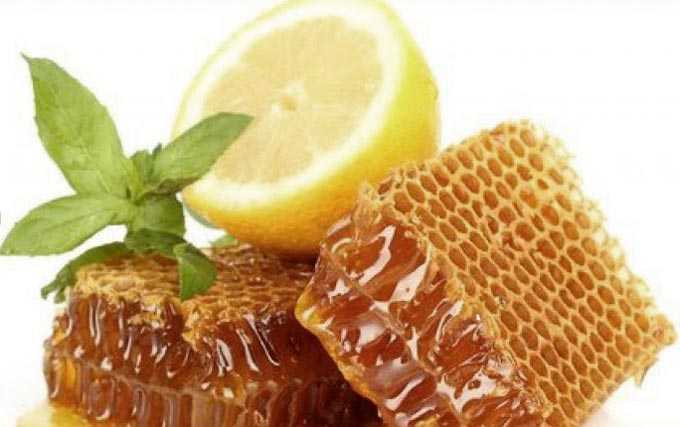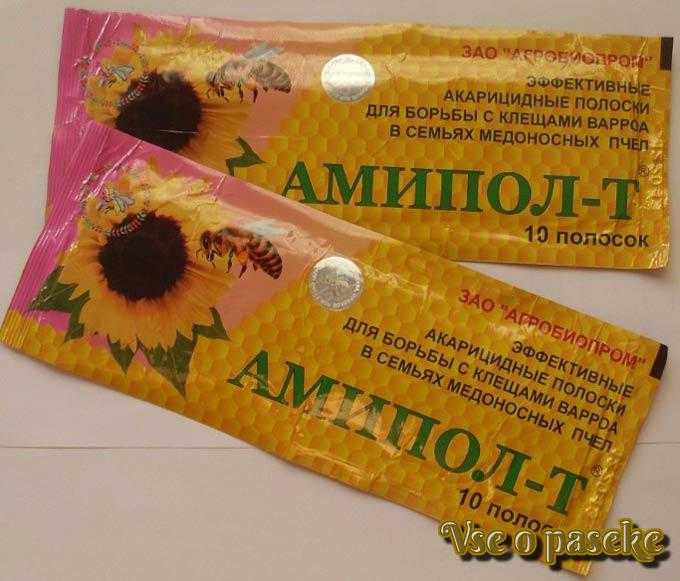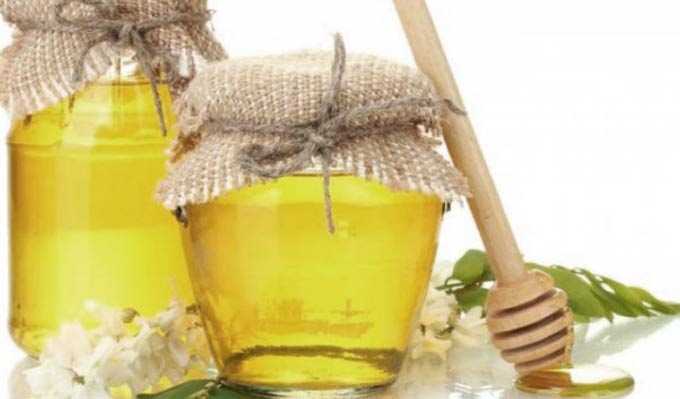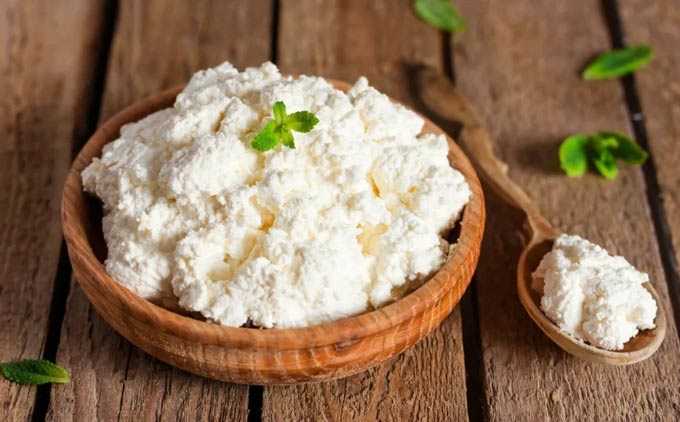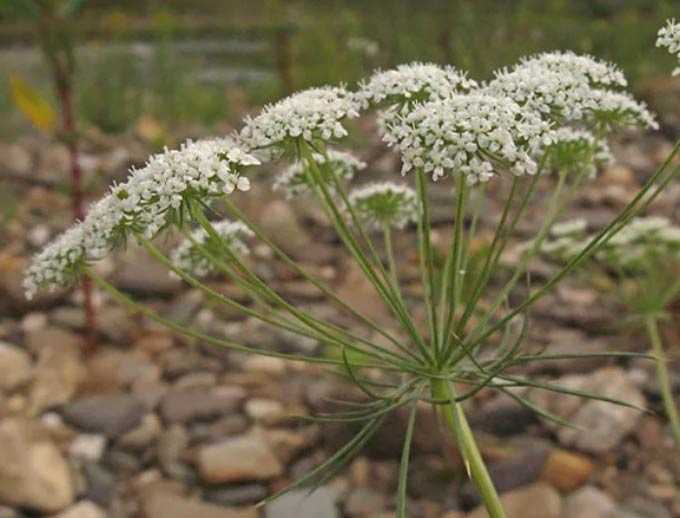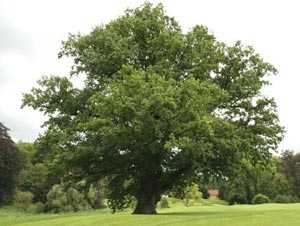A common cold is traditionally called any disease accompanied by a runny nose, sneezing, coughing, sore throat or sore throat. Honey for colds is the first remedy recommended by folk recipes for the use of beekeeping products.
The content of the article
- 1 About colds and honey
- 1.1 Good and possible harm
- 2 Features of use
- 2.1 Which variety is better
- 3 Recipes
- 3.1 When coughing
- 3.2 inhalation
- 3.3 With the flu
- 3.4 For throat and larynx infections
- 3.5 With pneumonia and bronchitis
- 3.6 With a runny nose
- 3.7 At elevated temperatures
About colds and honey
From a medical point of view, a cold is a condition caused by hypothermia. The body’s defenses are reduced, and it cannot withstand the effects of pathogenic viruses and bacteria.
Colds include: tonsillitis, laryngitis, pharyngitis, rhinitis, tracheitis, bronchitis, flu, and other infections. The causative agents here are more than two hundred varieties of viruses, for which it is almost impossible to develop immunity. And complications are caused by a bacterial infection that has joined the main ailment.
Obviously, people do not always get hypothermic when they get sick with acute respiratory infections or ARVI (including the flu). More often this is a consequence of contact with an already sick person in transport, in any public place, at work, at the place of study or in kindergarten.
Adults get sick less often, children more often. The incidence of up to four to six times a year is the absolute norm. It does not indicate a weakened immune system.
If you suffer from a runny nose, cough, pain when swallowing more often, it’s time to think about prevention. And such a folk remedy as honey is best suited for her, provided there is no allergic reaction to any bee products.
Good and possible harm
Honey stimulates the defenses of the human body no worse, and in some cases better than pharmacy vitamin complexes. After all, it is absorbed quickly and at the same time is suitable for everyone: adults, children, pregnant women.
And antiseptic properties allow you to “treat” the mucous membrane of the pharynx when resorbing the bee product in the most natural and safe way.
In combination with bee pollen (pollen of plants), its vitamin composition expands even more. But it must be borne in mind that pollen increases the risk of allergies.
Features of use
Honey for colds is given to children according to the usual scheme, suitable for any healthy child. A single dose from one to six years is no more than a teaspoon. It is taken two or three times a day. In total, up to 14 years old, no more than 30-50 grams per day are consumed!
Up to a year with a bee product, you should be extremely careful – intolerance and an acute allergic reaction are possible. And babies also begin to dislike honey if there is too much of it on the menu.
The initial dosage should not exceed half a teaspoon or even the amount that fits on the tip of a knife. In the future, you should observe the reaction of a small organism to determine whether it is possible to eat honey in principle. But in any case, you should not give more than 1-1,5 teaspoons per day.
Honey for colds during pregnancy is also used with caution! If the mother has no history of allergic reaction to bee products, one tablespoon can be sucked at a time. But you should not use more than two spoons per day.
In an adult who does not suffer from intolerance, the daily dose is up to three tablespoons. In folk clinics it is stated that up to 100-150 grams can be consumed without any harm to the body. Honey is eaten in three doses, but always an hour and a half before or after breakfast, lunch, dinner. For example, 30-60 grams in the morning and for dinner, and from 40 to 80 grams before lunch.
Which variety is better
Traditionally, colds are fought with the help of any honey at hand. But it is believed that some varieties, due to their origin, are better for this. They are listed below:
Lipec – a champion in healing characteristics. It promotes expectoration, relieves inflammation well. Recommended for tonsillitis, laryngitis, severe rhinitis, trachea and bronchial infections.
Sunflower variety possesses pronounced bactericidal properties. Crystallizes quickly. For this reason, it is convenient to dissolve it in the mouth like a lollipop to disinfect a reddened throat.
Raspberry variety rare enough. It can be purchased only in regions specializing in the mass cultivation of raspberries. In the markets of other regions, it will cost more, and it is more likely to get fake. We remind you that this is not a pure monofloral variety, since summer herbs are necessarily mixed with raspberry nectar. The color of the bee product is light.
Melilot variety cannot be called a panacea for colds, but it is recommended by folk healers for general strengthening of the body. Crystallizes with the formation of large grains. Bitter notes may be present in the taste. The color ranges from light amber to almost white with a greenish tinge.
Also, as a general tonic, you can use honey collected by bees from acacia… As a pale variety, it rarely causes intolerance. It remains liquid for a long time. The bee product tastes less sweet than other honey varieties.
Recipes
In folk and monastic medical books, you can find dozens of recipes, including honey and recommended specifically for colds. We will consider the most popular and effective ones in this article.
When coughing
Many respiratory diseases are accompanied by acute respiratory tract damage, which is manifested by a severe cough (for example, tracheitis, bronchitis, flu).
A single dose in most recipes: for children under 6 years old it is a teaspoonful, for children under 14 years old – a dessert, and for adults – a tablespoon!
The following remedies will help alleviate the condition when coughing:
Radish
For two glasses of juice obtained from this vegetable, a glass of liquid honey is taken. The candied bee product can be melted in a water bath at a temperature not exceeding 40 degrees. The medicine is used several times a day at intervals of an hour. The dosage for adults is one to two tablespoons. Children are given a teaspoon each.
Alternatively, the medicinal solution is prepared directly in the cavity cut out at the top of the root crop. The radish is placed vertically, for example in a cup. Two tablespoons of the bee product are poured into the cut hole. From above, everything is covered with cardboard or thick paper. The juice that comes out is mixed with honey. After three hours, they can be treated. The dosage is a teaspoon three to four times a day.
Onion
Per liter of water is taken:
- half a kilogram of onions, carefully chopped;
- Xnumx g of granulated sugar;
- 50 g of honey.
The onions are simmered for three hours with sugar. After cooling to 37-40 degrees, honey is added. The broth is poured into a container and corked. Drink as a syrup during the day for 5-6 tablespoons or teaspoons (depending on the patient’s age). The remedy is recommended for bronchitis, both acute and chronic.
Olive oil
And this recipe is intended for children with whooping cough and for curing colds, accompanied by a tearful cough. Honey is mixed with butter in equal proportions (one to one). The medicine is given three times a day for a teaspoon.
Egg yolks and butter
The mixture is prepared:
- from two egg yolks;
- from two tablespoons of melted butter;
- from a teaspoon of flour;
- and from two teaspoons of honey.
The remedy relieves the condition with bronchitis and severe cough. It is taken according to the usual scheme: the amount depending on age, frequency – up to 4-5 times a day.
The other option: Mix together 100 grams of honey and butter, adding a little vanillin to them (about the tip of a knife).
Egg yolks and rum (for adults)
Two egg yolks are beaten with a mixer with one or two tablespoons of honey. To this peculiar mogul-mogul is added 20-30 grams of rum. The remedy relieves cough, and also well “warms up” the larynx.
Turnip
A tablespoon of honey product is taken into a glass of juice. The mixture is heated in a water bath until the honey crystals dissolve. It is drunk three times a day half an hour before meals.
Onion and garlic
In a liter of milk, boil ten small onions and a head (peeled cloves) of garlic until they soften. After cooling to room temperature, 50 grams of honey and a little mint juice are added to improve the taste and smell.
The remedy is taken hourly throughout the day. It is more suitable for adults than for children due to its specific aroma.
Lemon
The lemon is boiled for a minute over low heat in a little water. Then it cools down, juice is squeezed out of it. Liquid honey is poured into the same glass to the top, everything is thoroughly mixed. Adults can use two tablespoons.
For small children, the medicine is prepared differently.… In a glass of water, boil two tablespoons of aniseed and a pinch of salt. After cooling, a teaspoon of honey and a few drops of lemon juice dissolve in the strained mixture. It is given every two hours even to babies. As the cough decreases, the dose per teaspoon can be reduced to half.
inhalation
Care must be taken when inhalations are carried out! Only boiled chilled or distilled water is used as a base. This will prevent pathogens from entering the respiratory system.
A factory-made inhaler is used or a kettle is used instead.
A 30-50 percent honey solution helps to fight cough. With increased sensitivity to the bee product, the concentration can be reduced to 5 grams per 45-50 ml of water.
If a kettle is used, fill it up to half with water, bring it to a boil. Cool to an acceptable temperature so as not to scald with steam. Stir a tablespoon of honey. A rubber tube or a cone made of thick paper is put on the spout, and they breathe in steam for 15-20 minutes before going to bed.
Indications: chronic or acute inflammation of the trachea, bronchi, sinuses, flu.
Prohibited:
- with myocarditis and damage to the heart valves;
- with pulmonary sclerosis;
- with heart failure;
- with bronchial asthma;
- with pathological expansion of the alveoli and bronchi.
With the flu
The main goal with influenza is to fight intoxication, enrich the body with vitamins and reduce high fever. There are several effective recipes for relieving this ailment.
Garlic
Garlic is a well-known anti-cold remedy that helps, among other things, with the flu.
Its peeled cloves are rubbed on a fine grater and mixed with an equal volume of liquid or melted honey in a water bath. The remedy is taken twice a day, while it is washed down with a sufficient amount of warm water. A single dosage is selected in accordance with age – from half a teaspoon to one tablespoon.
Milk
This is the same well-known grandmother’s advice to drink hot milk with honey, which does more harm than good.
First, honey should not be stirred in hot liquids. This leads to a partial loss of its medicinal properties. In particular, enzymes and vitamins important for humans are destroyed.
Secondly, this bee product must be properly washed down with hot milk. This is how it is done. One teaspoon or tablespoon is absorbed in the mouth. And after 10-15 minutes milk is drunk hot. Such treatment brings double benefits – it disinfects mucous membranes and warms up the larynx and bronchi. The generated sweat leads to a decrease in temperature.
Soda and cognac (for adults)
This is a multi-ingredient recipe that allows the body to receive vitamin support. It is taken:
- a glass of fresh raspberries or jam from it;
- a tablespoon of butter and honey;
- half a spoonful of soda;
- 20-30 ml of cognac.
The whole mixture is used once a day, at night. Children can be given without the addition of alcohol.
Kalina
Viburnum is another very useful and vitamin plant. Its berries in the amount of three tablespoons must be crushed and poured with a liter of boiling water. Simmer over low heat for 50-60 minutes. After cooling down, mix with two tables. spoons of honey product.
Mint
The same amount of honey and a glass of boiled water are taken for a tablespoon of the herb. First, mint is steamed (in a thermos or in a wrapped container), and then a bee product is added to it in a warm form. The adult dosage is a third of a glass.
Vegetable collection
With the flu, the following plants can be steamed for 15-20 minutes in 100-150 ml of water: black currant and raspberry leaves, rose hips. Add honey to the warm infusion. All ingredients are taken in a tablespoon! It is drunk three times a day, 75-100 ml.
For throat and larynx infections
This group of diseases includes angina, chronic tonsillitis, laryngitis, pharyngitis. In addition to medicinal drinking, rinsing and lubricating the throat with various solutions are widely used.
Honey solution
Dissolve honey in chilled boiled water (in a ratio of one to one). The solution can be used to rinse the throat or bury it in the nose instead of pharmaceutical drops. The product disinfects mucous membranes.
Camomile
Chamomile flowers are used in this recipe instead of ordinary boiled water. One table is steamed in a glass. spoon of flowers. The infusion is filtered, after which a teaspoon of honey is stirred in it. It is used for rinsing, including for stomatitis.
Honeycomb
Honeycomb does not require any preliminary preparation for the treatment of sore throat!
A piece of honeycomb is slowly chewed and dissolves in the mouth. The procedure is repeated several times a day. In this case, the throat is disinfected, inflammation is relieved. The treatment also involves propolis and wax, which are contained in the combs.
Garlic
Another simple recipe that helps relieve pain when swallowing involves chewing and slowly dissolving a garlic clove with honey.
Aloe
The juice obtained from the leaves of aloe is mixed with liquid honey (proportion of one to three). The ointment is effective for chronic tonsillitis. She is lubricated with tonsils for two weeks at night or after meals.
Please note that the juice of this houseplant is contraindicated:
- during pregnancy;
- with inflammatory processes of the female genital organs;
- with hemorrhoids;
- with tuberculosis in acute form;
- for any inflammation of the digestive system.
The rest of patients suffering from tonsillitis, laryngitis, pharyngitis, twice a day, you can take the following mixture inside.:
- juice – 50 ml
- honey – 10 grams.
Propolis ointment recipe:
- juice from aloe leaves – 30 grams;
- honey – 100 ml;
- 10% alcoholic extract of propolis – 10 ml.
This mixture is used to lubricate the tonsils and oral mucosa.
Compress:
- honey (two parts);
- aloe juice (part);
- melted wax (three parts).
Everything is mixed, in a warm form is laid out on the throat area. Covered with a piece of cellophane or paper, insulated, and kept until it cools.
With pneumonia and bronchitis
Elecampane
A decoction of elecampane roots in a cooled form is mixed with honey (a proportion of one to ten). A single dose for adults is a quarter of a glass. The remedy helps to fight bronchitis and relieve pneumonia.
Altey
In case of acute bronchitis, it is recommended to steam two tablespoons of marshmallow flowers with boiling water. For this, a porcelain teapot is used. Honey is added to the infusion to taste. The dosage is half a glass three times a day. The remedy also has a beneficial effect on the gastrointestinal tract.
Breast tea
For its preparation, 40 grams of marshmallow root and leaves of mother-and-stepmother are taken, as well as 20 grams of oregano. Herbs are brewed by eye – ten parts of boiling water are taken for part of the collection. Tea in a warm form is drunk in a bite with honey, a quarter of a glass three times a day.
Red clover
The flowers of the plant are brewed with boiled water (proportion of one to twenty). Tea is drunk in the same way as in the previous recipe. It helps well with inflammation of the trachea, bronchi, asthma.
Lingonberry
Lingonberry juice, mixed in equal proportions with liquid honey, facilitates the passage of phlegm from the lungs and bronchi.
Hazelnuts (hazel)
Crushed hazelnut kernels mixed with honey also contribute to the discharge of phlegm. Their use is recommended for pneumonia.
Compress
Equal volume of honey is mixed with goat (internal) fat. The mixture is rubbed into the chest skin overnight. Compress paper is laid on top, on which woolen fabric is tied.
Aloe and herbs
For treatment, you will need a special type of honey – lipets. For 1,3 kg of bee products, the following is taken:
- lime blossom in the amount of 50 g;
- birch buds – 250 g;
- crushed leaves of 2-year-old aloe – the same amount;
- olive oil – the same amount.
Aloe is pre-aged in the refrigerator for ten days!
After that, birch buds and linden flowers are steamed in 0,5 liters of boiled water. And honey is melted in a water bath, the leaves of indoor aloe, crushed to gruel, are poured into it. The finished herbal infusion is filtered and poured into the honey-scarlet mixture. Then olive oil is added to the medicine. Taken in a tablespoon three times a day.
We remind you that aloe is contraindicated in a number of diseases! Their list was given above.
With a runny nose
A runny nose or inflammation of the nasal mucous membranes, accompanied by severe edema, mucus separation and painful sensations, is one of the first signs of a viral infection visiting the body. In this case, the following recipes will help:
Aloe
Finely chopped leaves of the plant are mixed in equal proportions with liquid honey. Insist for 5-6 hours. When instilled into the nasal passages, the mixture collected in a pipette is warmed up with warm water.
Kalanchoe, cyclamen
The cyclamen root vegetable can be purchased at a flower shop. Juice is squeezed out of it.
The recipe is as follows (everything is taken in a teaspoon!): Cyclamen juice, Kalanchoe, onion, aloe, honey, Vishnevsky’s ointment.
The mixture is applied to tampons and injected into each nostril for 20-30 minutes. Helps not only with a cold, but also sinusitis.
Olive oil, horseradish, propolis
Drops can also be prepared:
- from olive oil – three parts;
- from juice obtained from horseradish rhizomes – 0,5 part;
- from propolis tincture on alcohol (10%) – one part.
At elevated temperatures
The following recipes are suitable for achieving a diaphoretic effect and combating heat:
Linden blossom
Steamed dry linden flowers in the amount of three tablespoons in a water bath (10-15 minutes) in a glass of boiling water. You can use a thermos. Dissolve honey in warm linden tea in accordance with the patient’s age. Drink half a glass.
Raspberry berries
Tea is prepared according to the same recipe as linden tea. Raspberries can be taken in both larger and smaller quantities than 2-3 tablespoons. This is one of the best diaphoretic remedies.
Clover grass
You can use both dry and fresh raw materials. The tea is infused for 40-50 minutes. A tablespoon of grass is taken into a glass. Honey is added in the same amount, but exclusively in warm tea. Drink at least twice a day at high temperatures.
Honey recipes also include various fortifying agents that include the addition of various herbs, vegetable juices, nuts, fruits and bee products. We will talk about them in more detail in our next article. Be healthy! And, of course, do not forget to consult your healthcare professional.
Read: How to boost immunity
